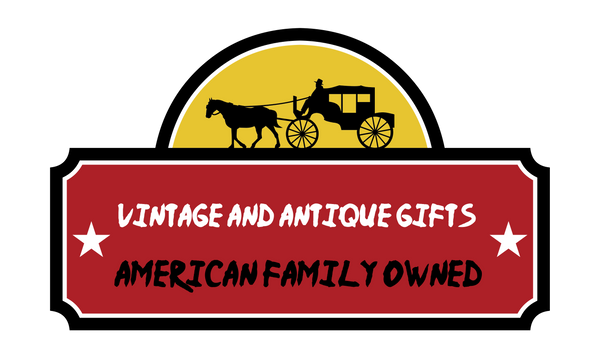Vintage Cigar Labels Unveil Timeless Artistry and History
Cigar labels are a captivating piece of history, showcasing intricate designs and vibrant colors that have stood the test of time. These works of art were once an essential part of advertising premium cigars, representing the creativity and skill of the artists who crafted them. Today, they serve as iconic relics of a bygone era, prized by collectors and enthusiasts alike. Originally used to distinguish different cigar brands, these labels quickly evolved into a form of artistic expression, featuring landscapes, exotic scenes, and whimsical characters. The introduction of stone lithography in the mid-1800s revolutionized the production of cigar labels, allowing for mass production of colorful and detailed designs. While the heyday of cigar labels may have passed, their beauty and historical significance live on in museums and private collections. Each label tells a story of craftsmanship and innovation, embodying the spirit of a lost art form in high-quality printing. Explore our collection of vintage cigar labels at Vintage and Antique Gifts and discover the timeless charm and artistry of these iconic pieces. Which design speaks to you the most?
